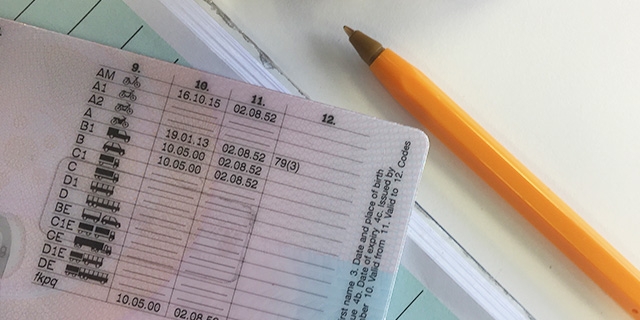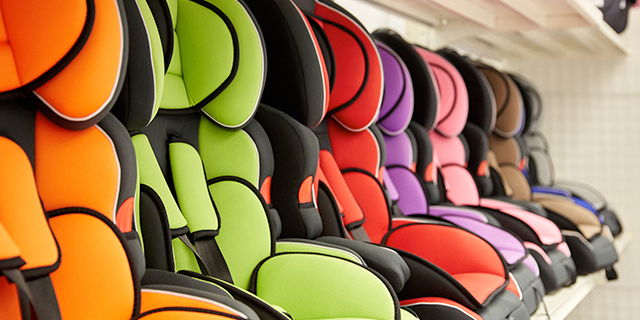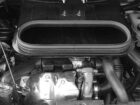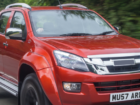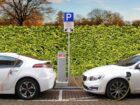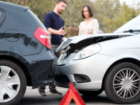Most of us take our driving licences for granted, but do you actually know what information it contains, and what all the codes on the back mean? We decided to demystify the photocard licence – here’s what you can expect to find.
Why do we have photocard driving licences?
For anyone old enough to remember, driving licences used to be made of paper. These were later replaced by the photocard in 1998 (although paper licences are still valid). However, not all photocard driving licences are formatted the same way, which is down to when they were issued.
Photocard licences were originally introduced to bring consistency across the EU, although it is still unsure how this will be affected with Brexit. There are lots of advantages, for example: it’s more secure, and it ensures the person using the driving licence is who they say they are.
Related: How to replace lost car documents
What’s on the front of my photocard licence?
In the top left corner of your licence, a full driving licence will currently have the European Union flag with ‘UK’ in the centre. On the provisional licence, the flag is replaced by a large ‘L’ with ‘provisional’ written above it. The rest of the information looks like this:
• Lines 1-3: your surname, name, date and country of birth
• Line 4a: the date that your licence was issued
• Line 4b: when your licence must be renewed
• Line 4c: this shows which authority issued the licence, for example, the Driver and Vehicle Licencing Agency (DVLA)
• Line 5: your unique driver number; it starts with the first five letters of your surname; if your name contains less than five letters then the remaining spaces are filled with a 9
• Line 6: the line number isn’t shown, but this is where your photo is. Even though you need to send a colour photo, the picture shown is black and white. That’s because lasering the image onto the card makes it much more secure
• Line 7: your signature
• Line 8: your address – this needs to be up to date, so if you move house, don’t forget to update it
• Line 9: the capital letters show the categories of vehicles you can drive according to European Community directives. The small letters show categories specific to the UK using DVLA licence codes

What’s on the back of my photocard licence?
Your photocard will show a table of driving licence codes, along with any restrictions or conditions. Here’s a breakdown of what it all means:
• Column 9: these images and letters show the categories of vehicles that you can drive
• Column 10: the earliest date you can drive these vehicles from
• Column 11: the end date when you’re no longer entitled to drive these vehicles
• Column 12: these are UK driving licence codes and specify any restrictions or conditions, for example 01 shows you need glasses or contacts to drive
• Column 13: not currently used
Related: Driving offence codes explained
What else I should know about the photocard licence?
Just like your car insurance policy, your photocard needs to be kept up to date, so if you move, or officially change your name, you’ll need to update it (it’s free to amend). You’ll also need to renew your licence every ten years – at the moment, renewing online is the cheapest option at £14*.
If you forget to renew, you could be faced with a £1,000 fine. The DVLA estimate that just over two million drivers are sitting on out of date licences – so check you’re not one of them.
*Correct as of 22 February 2018

